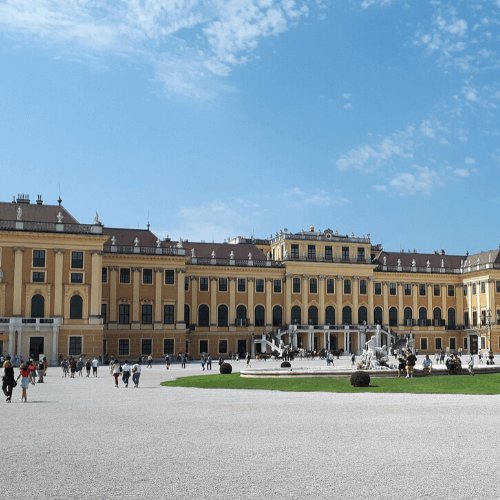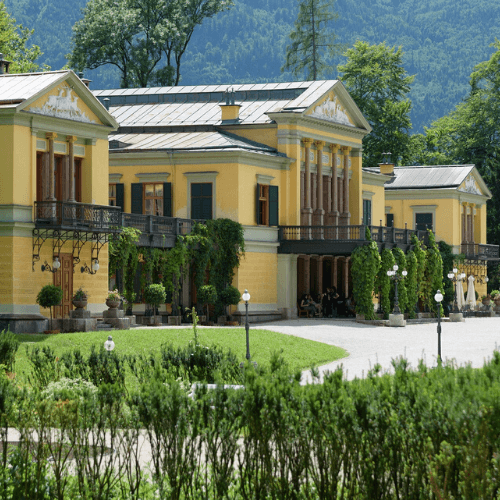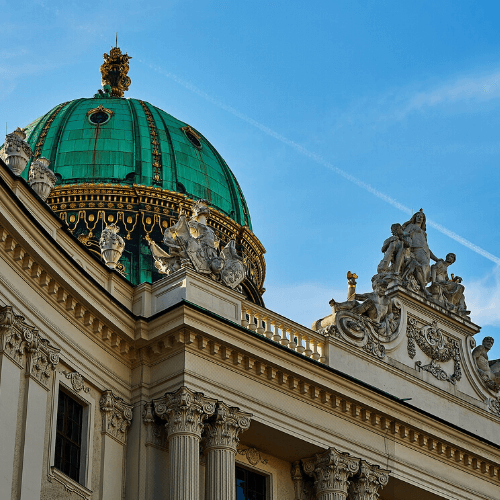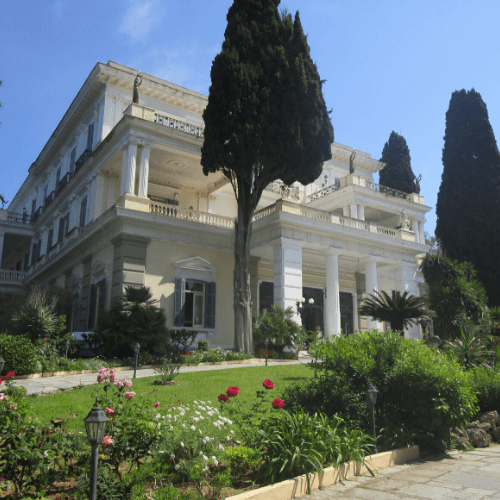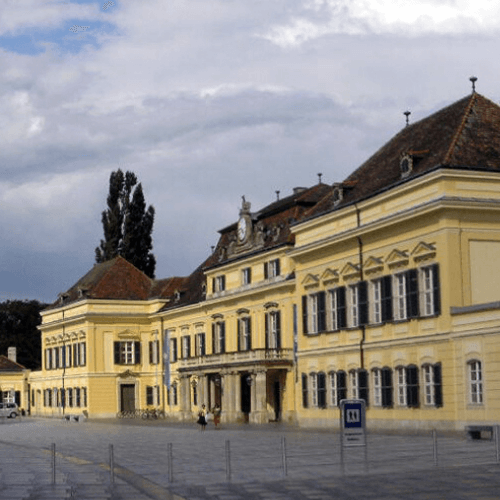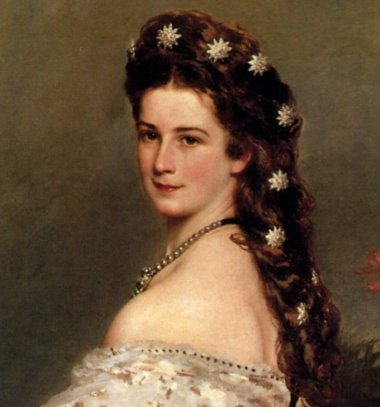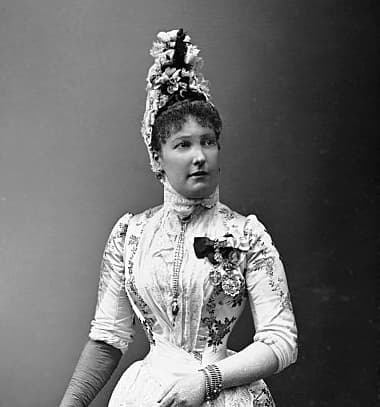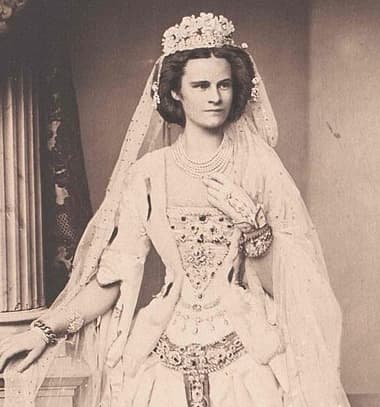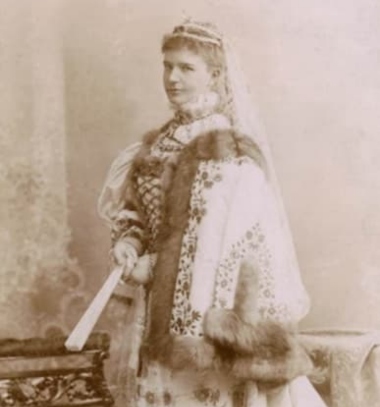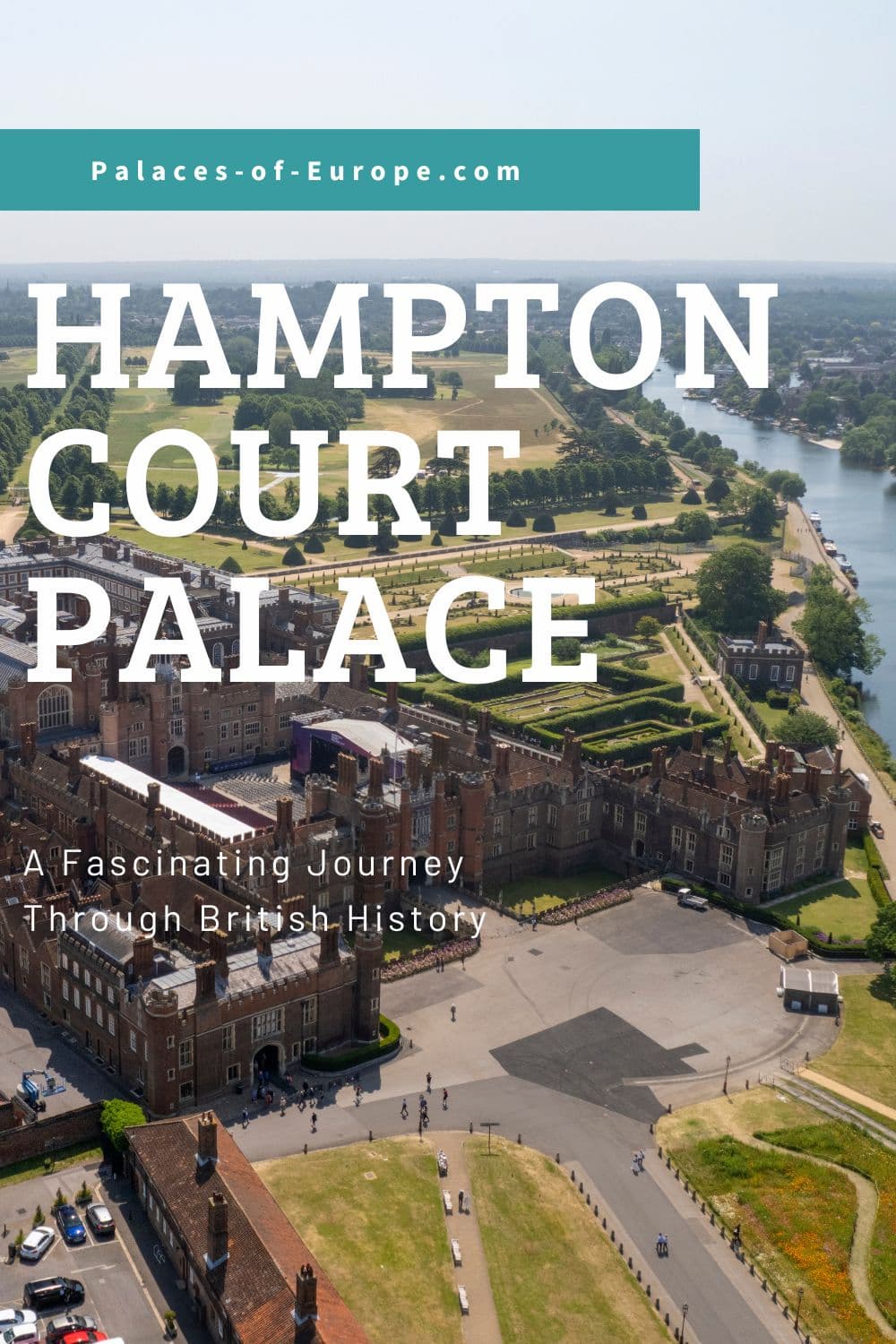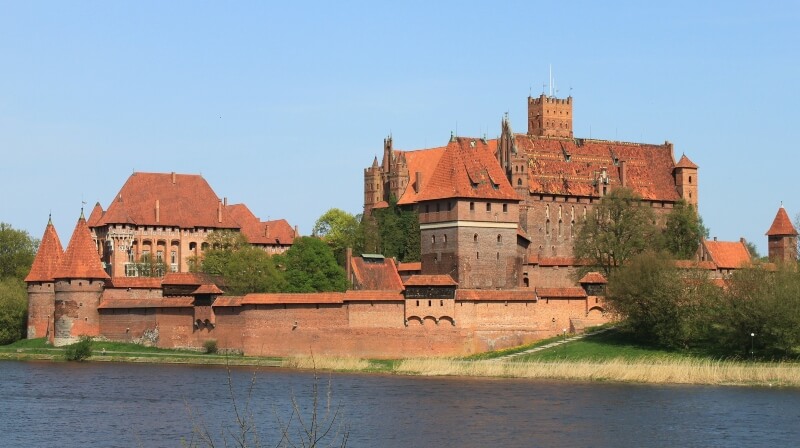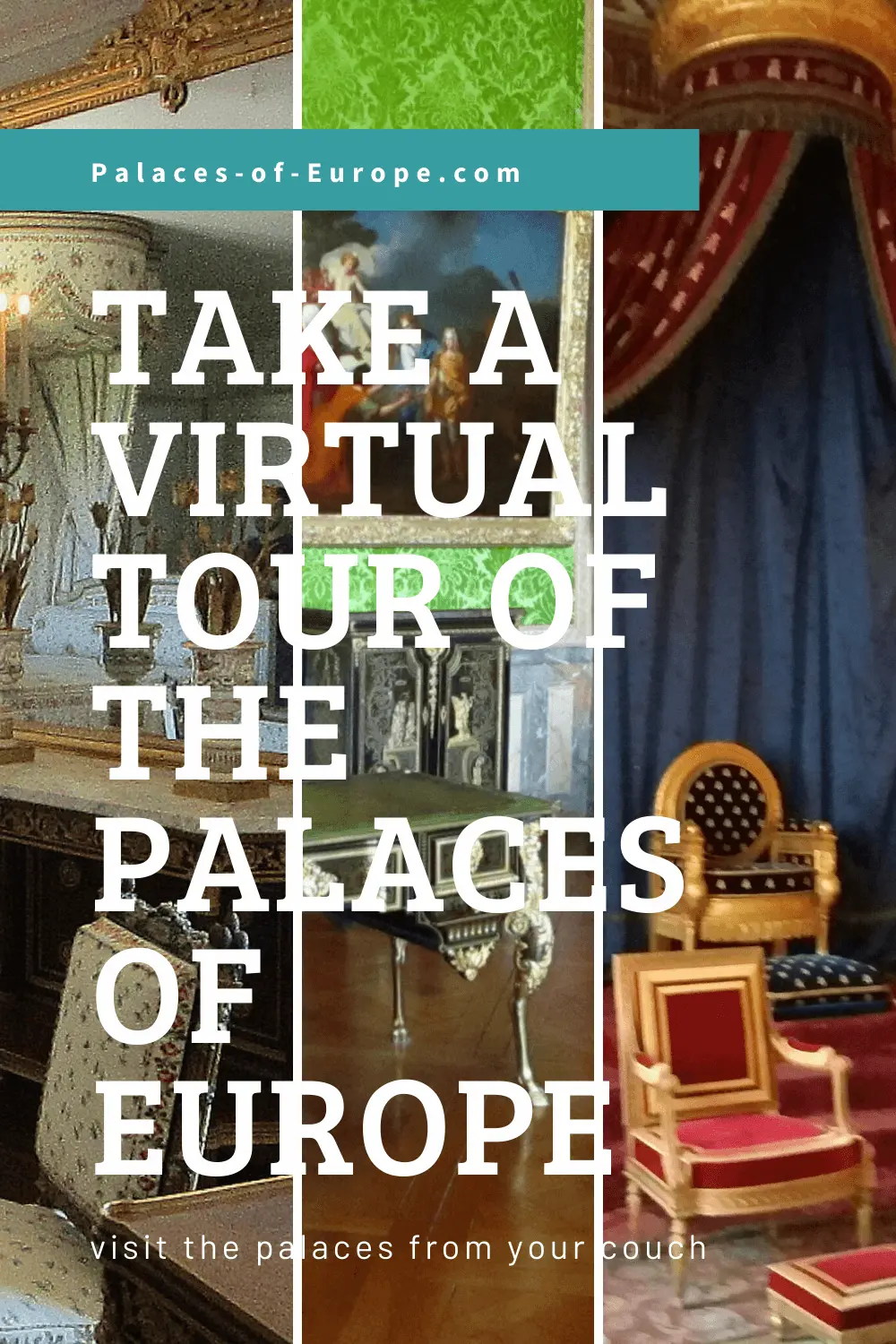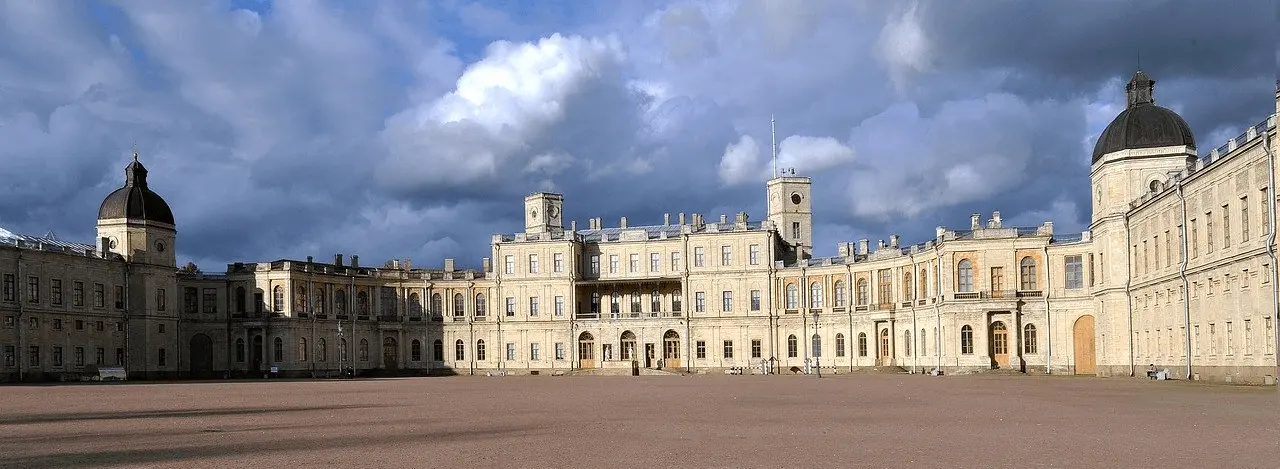Austrian Palaces
Austrian Palaces, homes of the Habsburgers
The Austrian monarchy is also known as the Habsburg monarchy or the Habsburg empire. The House of Habsburg ruled Austria and surrounding countries from 1526 to 1804 and left a legacy of grand Austrian Palaces around Europe.
In addition to these domains, the Habsburgs rulers were also emperors of the Holy Roman Empire. This forced the Emperors to deal with all these different tasks and regions with great contradictions on cultural and administrative areas.
Still, they managed to make a union out of it. In 1804 emperor Francis I united all the countries of the United Monarchy under one Crown. He founded the Empire of Austria.
DISCLOSURE: I get commissions for purchases made through some of the links in this article.
Austrian Palaces open to visitors
The Habsburgs, who ruled Austria from 1526 to 1804, left behind the magnificent Austrian palaces. The grand estates like the UNESCO World Heritage Site, Schonbrunn Palace and the Hofburg in Vienna are of course top of the list. But the more modest summer residence like Schloss Hof and the Kaiservilla are also worth a visit.
(I know, not an Austrian palace, but built for Empress Elisabeth of Austria!)
Origin of the Habsburg empire
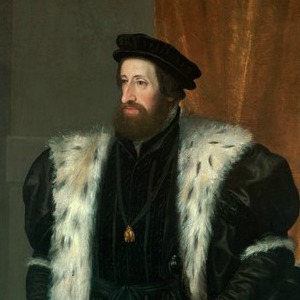 Emperor Ferdinand I (1503 – 1564) by Hans Bocksberger der Aeltere
Emperor Ferdinand I (1503 – 1564) by Hans Bocksberger der Aeltere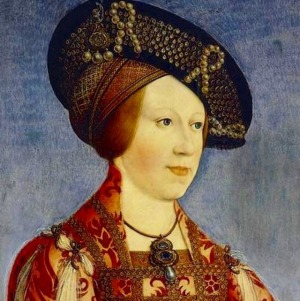 His Wife Anna of Bohemia and Hungary (1503 – 1547). She brought the thrones of Bohemia and Hungary to the Habsburg House.
His Wife Anna of Bohemia and Hungary (1503 – 1547). She brought the thrones of Bohemia and Hungary to the Habsburg House.The origin of the Habsburg empire is found in 1506. The Holy Roman Emperor Maximilian I and King Vladislaus II Jagiello of Bohemia agreed to a double marriage contract. Maximilian's youngest grandson Ferdinand married Vladislaus' daughter Anna.
At the same time, they agree that Maximilian's granddaughter Maria would marry the yet unborn (!) child of Vladislaus ' pregnant wife. Luckily she delivered a boy (Louis), so also this marriage could proceed.
In 1521 Ferdinand and Anna got married, and in 1522 Maria and Louis also got married. These strategic marriages had to provide a solid dynasty. This was necessary to offer resistance against the advancing Ottoman Turks.
It worked; after the death of King Vladislaus II his territories went to the Habsburgers. The Habsburg House reigned large parts of Europe until 1918. They also delivered the holy roman emperor very often.
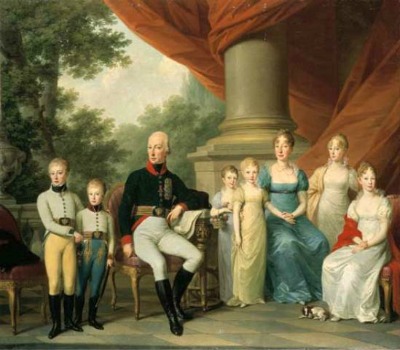 The Austrian imperial family around 1805, by Joseph Kreutzinger. On the right is Archduchess Maria Louise, the later Empress Marie Louise of France
The Austrian imperial family around 1805, by Joseph Kreutzinger. On the right is Archduchess Maria Louise, the later Empress Marie Louise of FranceFrancis was afraid of two things. He could become lower in rank than Emperor Napoleon and the Russian Tsar. Or even worse, Napoleon could take over the title of Holy Roman Emperor.
Francis abdicated on 6 August 1806 as Holy Roman Emperor and disbanded the Holy Roman Empire altogether. He replaced it with the Empire of Austria. He himself became the hereditary emperor Francis I.
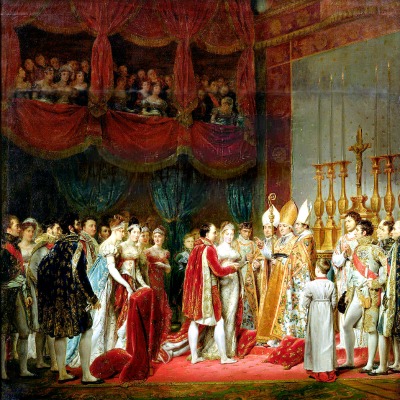 Painting by Georges Rouget of the marriage ceremony of Napoleon with Marie Louise of Austria in the Louvre chapel, 2 April 1810.
Painting by Georges Rouget of the marriage ceremony of Napoleon with Marie Louise of Austria in the Louvre chapel, 2 April 1810.In 1810 Napoleon defeated him on another issue. He married Frances'daughter Archduchess Marie Louise of Austria. Napoleon wanted a wife from an old royal house to give him some Royal allure. He also needed a successor, since he had no legitimate son yet.
Francis II could not refuse Napoleon at the time, but he always felt it as his greatest disgrace, to be the father-in-law of Napoleon!
He proceeded with the wars against Napoleon and finally triumphed in 1815 with the battle of Waterloo.
Famous ( and not so famous) residents of the Austrian Palaces
Intrigued by the Habsburgs? Dive Deeper with these Books & Films!
As an Amazon Associate I earn from qualifying purchases.
- The Habsburgs: The History of a Dynasty by Benjamin Curtis
This comprehensive book offers a detailed look at the entire Habsburg dynasty, from its rise to its fall. -
The World of Yesterday by Stefan Zweig
This memoir by Austrian author Stefan Zweig provides a firsthand account of life in Vienna during the Habsburg era.
-
A Nervous Splendor: Vienna 1888-1889 by Frederic Morton
This non-fiction book focuses on a specific period in Habsburg history, capturing the essence of Vienna in the late 19th century through a microcosm of events and characters. - The Habsburgs: An Enthralling Overview of One of The Most Important Dynasties in European History by Billy Wellman -Witness the rise and fall of a dynasty
- Sisi (1955, 1956, 1957)
This Austrian trilogy of films, starring Romy Schneider as Elisabeth, offers a romanticized portrayal of her life. - Mayerling (1968)
This drama film explores the events surrounding the mysterious death of Crown Prince Rudolf at Mayerling. - The Fall of the Habsburgs
This documentary explores the rise and fall of the Habsburg dynasty, focusing on the events leading up to the collapse of the Austro-Hungarian Empire during World War I. - Fall of Eagles (1974)
This British television drama series explores the decline and fall of three European empires: Austria-Hungary, Germany, and Russia, from the aftermath of the Revolutions of 1848 to the Armistice of 11 November 1918.
Suicides, Assassinations, and Abdication: The Dramatic End of the Habsburgs
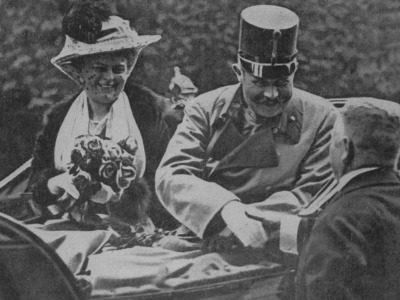 Archduke Franz Ferdinand, nephew of Emperor Franz Josef and heir to the Austro-Hungarian Empire, together with his wife Sophie, Duchess of Hohenberg on their tour in Sarajevo. They are both shot to death by a Serbian nationalist a few minutes later, on 28 June 1914.
Archduke Franz Ferdinand, nephew of Emperor Franz Josef and heir to the Austro-Hungarian Empire, together with his wife Sophie, Duchess of Hohenberg on their tour in Sarajevo. They are both shot to death by a Serbian nationalist a few minutes later, on 28 June 1914.In 1889, tragedy struck the Austrian Habsburg dynasty. Crown Prince Rudolf, heir to the Austro-Hungarian throne and son of Emperor Franz Joseph I and Empress Elisabeth, died by suicide. This unexpected event placed Franz Ferdinand, the Emperor's nephew, in line for the throne.
Franz Ferdinand was the son of Archduke Karl Ludwig of Austria and Princess Maria Annunciata of Bourbon-Two Sicilies.
Unfortunately, Franz Ferdinand's reign as heir was short-lived. His assassination in Sarajevo on June 28, 1914, is considered a pivotal event that triggered the domino effect leading to World War I.
With the assassination, the search for a new heir became crucial. However, due to a prior loss, the line of succession shifted. Franz Ferdinand's brother, Archduke Otto Franz, had already died in 1906. Therefore, the crown passed to Otto Franz's son, Archduke Karl.
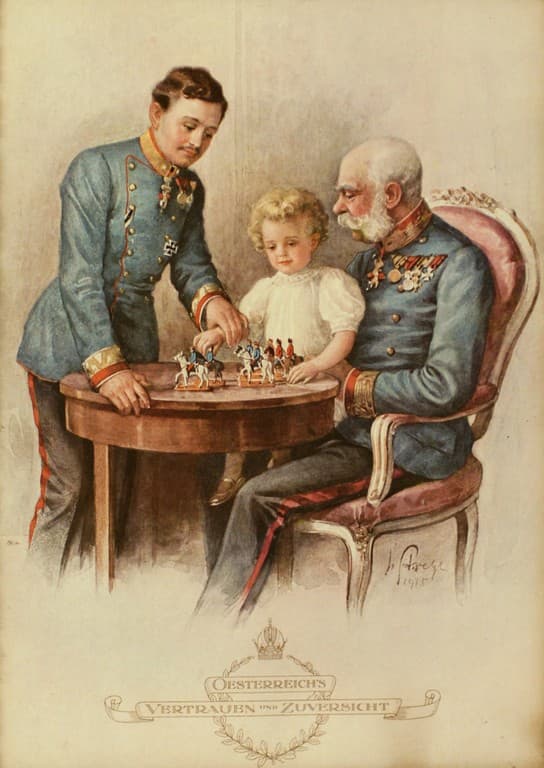 The last Habsburgs, Emperor Franz Joseph, with Archduke Karl and baby Otto
The last Habsburgs, Emperor Franz Joseph, with Archduke Karl and baby OttoCharles I of Austria, also known as Charles IV, King of Hungary, ascended the throne in 1916. However, his reign was tumultuous and short-lived, lasting only two years until 1918. After the devastating First World War, Charles I withdrew from all matters of state, effectively marking the end of Habsburg rule.
Although the Habsburg dynasty officially ended in 1918, the echoes of its power lingered. It wasn't until 1961 that Otto von Habsburg, son of Emperor Charles I, formally renounced his claim to the Austrian throne. Despite this, descendants of the Habsburgs remain active in European politics.
What remains of the mighty Habsburg House is an abundance of castles and palaces throughout Austria and former territories. The stories of famous Habsburgs like Empress Maria Theresia, Charles II of Spain and Empress Sisi continue to fascinate us.
